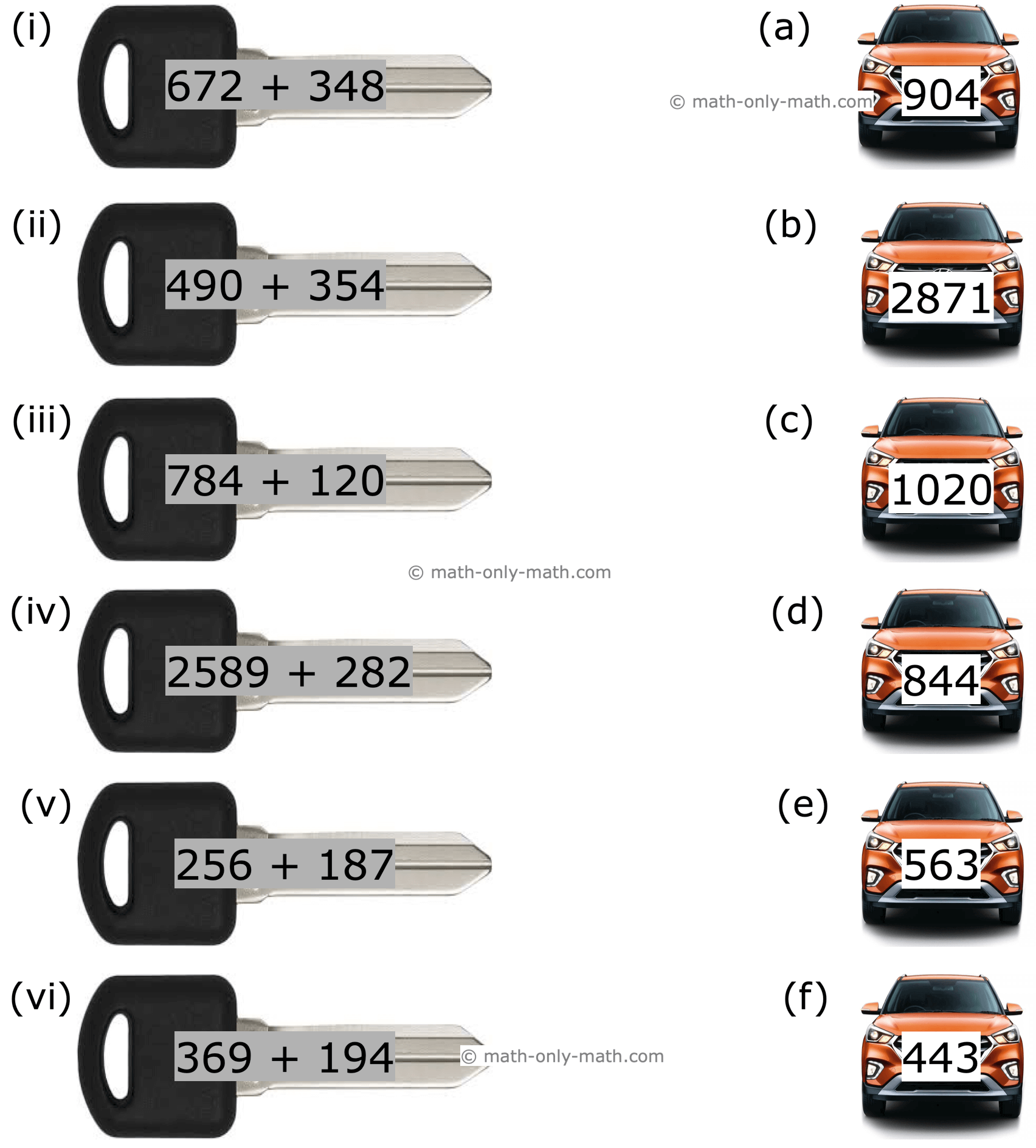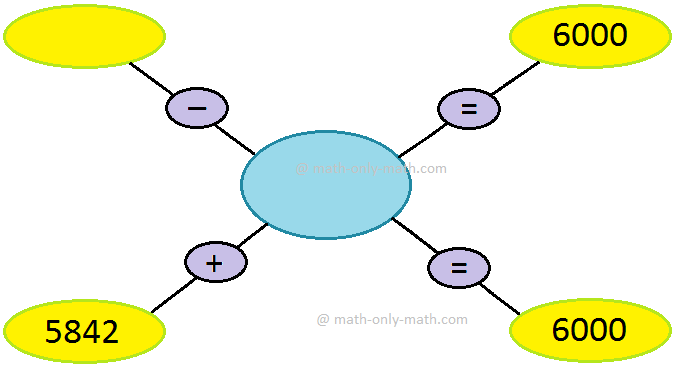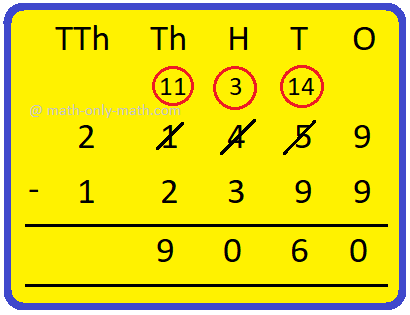Value Added Tax
Value added tax in short known as VAT.
We are already acquainted about the tax because a new method of realising tax on purchasing or selling of goods. In the earlier form of sales tax, the tax used to be realized by the government at a single point.
The manufacturer or importer of goods (wholesaler or stockist) was liable to pay sales tax to the government. Value added tax is the tax that is realized by the government at many points in the supply chain, right from the manufacturer to the retailer. Only the value added to the commodity at each stage is subjected to sales tax. The final incidence of sales tax remains with the consumer.
It is a tax on the value added at each transfer of goods, from the original manufacturer to the retailer.
Suppose for example, the rate of tax is 10% and a trader
purchases an article for $ 800, the tax he pays = 10% of $ 800 = $ 80
Now, if he sells the same article for $ 1150
The tax he recovers (gets) = 10% of 1150 = $ 115
Vat = Tax recovered on the sale - tax he paid on the purchase
= $ 115 - $ 80 = $ 35
Again, assuming that, a retailer purchases an article for $100 from the wholesaler. The wholesaler charges a sales tax at the rate of 10% on it as prescribed by the government for that variety of articles. Thus, the retailer pays $100 + 10% of $100, i.e., $100 + $10 (equals $110) to the wholesaler to have the article. The wholesaler gets $100 and he pays $10 to the government as sales tax. The retailer sells the article for $120 to the consumer and charges a sales tax of 10% on it as prescribed by the government. Thus, the consumer pays $120 + 10% of $120, i.e., $120 + $12 (equal $132) to the retailer to get the article. The retailer gets $120 + $10, i.e., $130 after paying $12 - $10, i.e., $2 as sales tax to the government. The retailer pays 10% of (sales price – cost price), i.e., ($120 - $100) to the government. Thus the retailer pays the tax on the added value or the raised value of the article. So, the value added tax for the retailer in this case $2.
The above example is summarized below to understand it better.
For the retailer we have;
Purchase price =$100
Tax paid on purchase = $10, (this tax is known as input tax)
Sale price = $120
Tax payable on sale price = $12, (this tax is known as output tax)
Input tax credit = $10
So, value added tax payable by the retailer = output tax – input tax
= $12 - $10
= $2
Note: VAT (value added tax) = output tax - input tax
● Sales Tax and Value Added Tax
- Calculation of Sales Tax
- Sales Tax in a Bill
- Mark-ups and Discounts Involving Sales Tax
- Profit Loss Involving Tax
- Value Added Tax
- Problems on Value Added Tax (VAT)
- Worksheet on Printed Price, Rate of Sales Tax and Selling Price
- Worksheet on Profit/Loss Involving Sales Tax
- Worksheet on Sales Tax and Value-added Tax
- Worksheet on Mark-ups and Discounts Involving Sales Tax
10th Grade Math
From Value Added Tax to HOME PAGE
Didn't find what you were looking for? Or want to know more information about Math Only Math. Use this Google Search to find what you need.
Recent Articles
-
3rd Grade Math Worksheets |3rd Grade Math Sheets|3rd Grade Math Lesson
Jan 14, 25 02:50 PM
3rd grade math worksheets is carefully planned and thoughtfully presented on mathematics for the students. Teachers and parents can also follow the worksheets to guide the students. -
3rd Grade Subtraction Worksheet | 3-Digit Subtraction Worksheets | Ans
Jan 14, 25 01:57 PM
In 3th Grade Addition Worksheet we will solve how to subtract 3-digit numbers by expansion, subtraction of 3-digit numbers without regrouping, subtraction of 3-digit numbers with regrouping, propertie… -
Facts about Subtraction | Subtraction of Small Numbers|Solved Examples
Jan 14, 25 12:29 AM
The operation to finding the difference between two numbers is called subtraction. Let us know some facts about subtraction which will help us to learn subtraction of large numbers. 1. Subtraction wit… -
Word Problems on Subtraction |Worksheet on Subtraction Word Problems |
Jan 14, 25 12:21 AM
In word problems on subtraction we need to read the question carefully and understand what we need to find out. We know, in subtraction the larger number from which we subtract the other number (the s… -
Worksheet on Estimating Sums and Differences | Find the Estimated Sum
Jan 13, 25 01:34 PM
In 4th grade worksheet on estimating sums and differences, all grade students can practice the questions on estimations.This exercise sheet on estimating sums and differences can be practiced





New! Comments
Have your say about what you just read! Leave me a comment in the box below. Ask a Question or Answer a Question.